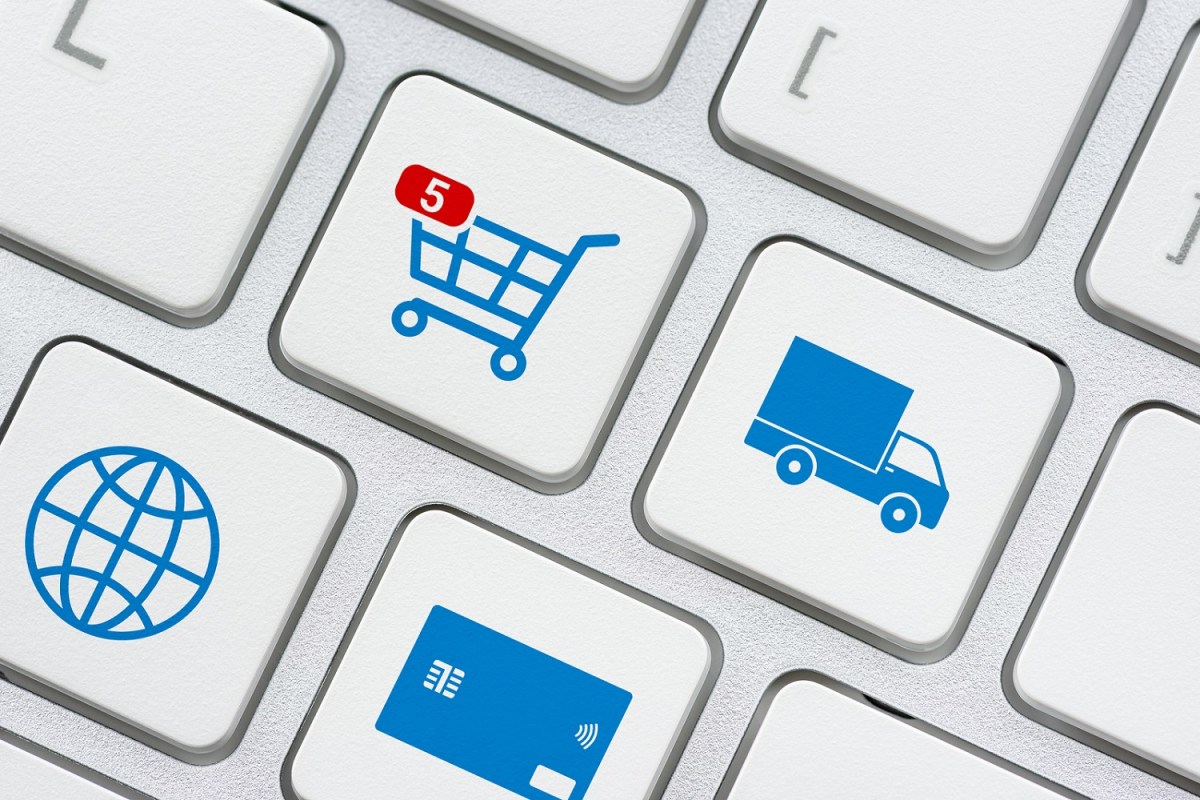2020 has undoubtedly been incredibly tough for retailers.
However, long before our retail habits were upended, big changes were already happening: down-market shopping malls were dying, and retail bankruptcies were becoming commonplace. Long undermined by the convenience of e-commerce, resilient brick-and-mortar stores were already adopting new ways to compete, and stores were trying their hand at deliveries and curbside pickups.
COVID-19 has now accelerated these changes and we’ve seen retailers of all sizes show extraordinary resilience and creativity as they re-think their business models and operations to focus on safety and convenience.
Let’s look at the key challenges that retailers have to face and how they can harness technology to meet these head on in order to survive and thrive.
Safe and sound
In order for consumers to overcome the apathetic shopping behaviors they adopted during the shutdown, they will need to feel safe. Retailers will have to make their in-store experiences better than ever before for their customers and create an environment that is not only hygienic and safe, but also enjoyable despite the need for protective equipment and mandated physical distancing measures.
Retail crime on the rise
Retail crime was already costing retailers a lot – AU$3.37 billion to be specific or 0.92 percent of revenue (according to Australian and New Zealand Retail Crime Survey data from August 2019). Layer in widespread job losses and economic hardship and it becomes easier for organised retail crime (OCR) to recruit and operate – as well as more tempting for individual shoplifters. We’re also seeing an uplift in cybercrime as more retailers move to online shopping, making it easy for bad actors to take advantage of vulnerabilities. Retailers need to get out in front of this, understand the risks, and employ holistic strategies that make use of all the resources at their disposal to mitigate their business’ and customers’ exposure to cyber threats.
Employee safety
As the infamous Bunnings Karen viral video clip sadly demonstrates, the abuse of shopworkers is also on the rise, with the National Retail Association’s CEO commenting that some retailers have reported up to a 400 percent “increase in aggression and abuse following customer anger at retail restrictions.”
All of which means the thoughtful deployment of the right technology to safeguard staff and customers alike will be required.
How technology can help
The good news is that by using their existing security technology, retailers can quickly put in place solutions designed to support social distancing, manage occupancy limits and ensure hygiene protocols are put in place.
For example, my own company has developed the Genetec Occupancy Management Package which enables stores to operate within established guidelines for occupancy density while leveraging existing systems to pivot their strategy and respond to new risks. It counts the number of people in a store, visualises the data and send alerts to employees when occupancy limits are reached. It’s considerably less costly than using dedicated staff for counting and thus delivers instant ROI.
Video management systems can also be set up with a “one in, one out” policy to control access. Waiting shoppers are notified when they are allowed to enter a store via a “traffic light” device, for example. Approaches like this are far more customer friendly than some of the cruder approaches that mandate shopping cart use (whether or not you need a cart) to count customers and measure store occupancy.
Moving ahead
In a period of fear and uncertainty retailers that make health, safety and security core brand values to create a safe, pleasant, compelling buying experience will win the day.
While it’s unclear what will be required in the future, we do know that having the ability to adapt and implement new technologies quickly and effectively will play a key role in keeping shoppers, staff and their communities safe today, and businesses thriving on the long term.
George Moawad is country manager for Australia and New Zealand at Genetec

